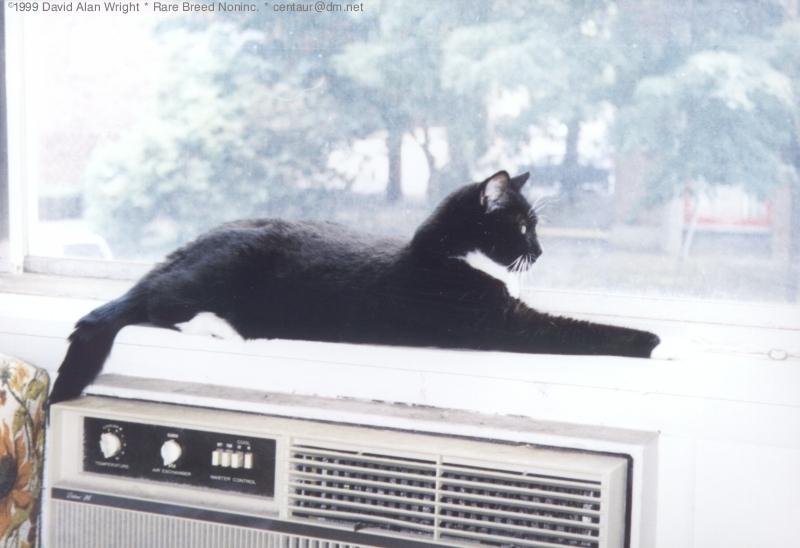ERROR : Server Busy(-1105)
ERROR : Server Busy(-1105)
Onyx in the Window: WindowOnyx1.jpg
"I Sphynx, therefore I am."
--
=============[ :Dave Wright * Gentaur on FurryMUCK ]=============
? See (and be) amazing animals at the BESTIARIA Beastie Area! ?
? Marvel at the AH!LOGY Science, Research, and Discovery Forum! ?
? DUELING MODEMS * http://www.dm.net * http://beastie.dm.net ?
--
It might look like I'm doing nothing, but at the cellular level I'm really
quite busy. --C.A. Jordan |

